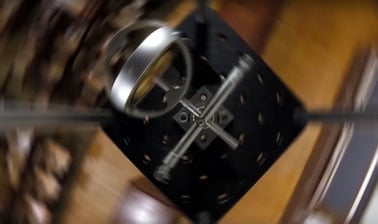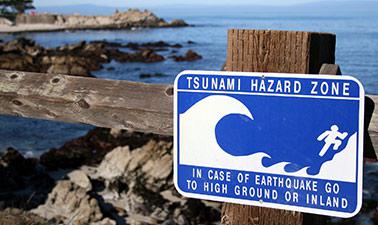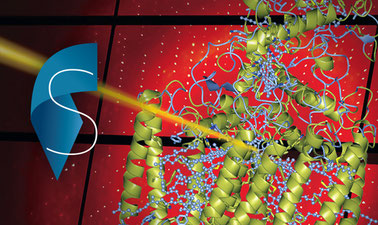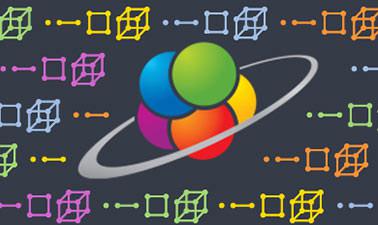The online simulations of circular motion forces on this page will allow you to know and understand much better how are the forces acting in the circular motion of an object.
For a circular motion to occur it is necessary that the moving object has a centripetal acceleration, i.e. an acceleration directed towards the center of the trajectory circumference. It is this centripetal acceleration that continuously modifies the velocity and causes the circular motion. For this centripetal acceleration to exist, it is necessary the existence of a centripetal force that generates the acceleration.
The centripetal force is the only one strictly necessary for the existence of a circular motion. The centripetal force can be caused, for example, by gravity, as occurs in planetary motion, or, for example, by the tension of a cable as occurs in the spinning motion of a hammer throw. The magnitude of the centripetal force is determined by the mass of the object, its velocity and the radius of the trajectory.
In addition to centripetal force an object in circular motion can be affected by other forces, such as frictional forces, electromagnetic forces, etc. Understanding and analyzing these forces is essential to understand and predict the circular motion of an object in different situations.
In short, the online circular motion force simulations on this page are a very helpful tool for studying the forces in this important type of motion.
Explore the exciting STEM world with our free, online simulations and accompanying companion courses! With them you'll be able to experience and learn hands-on. Take this opportunity to immerse yourself in virtual experiences while advancing your education - awaken your scientific curiosity and discover all that the STEM world has to offer!
- Force I
- Force II
- Lab I
- Lab II
- Station
Angle between force and velocity
This simulation allows you to change the angle between the force and velocity vectors and check how it affects the trajectory.
Physics courses


AP® Physics 2: Challenging Concepts



AP® Physics 1 – Part 1: Linear Motion



AP® Physics 1 – Part 2: Rotational Motion



AP Physics 1



Mechanics, Part 2



Mechanics, Part 1



Dynamics and Control

Other courses


Backyard Meteorology: The Science of Weather



AP® Physics 1: Challenging Concepts



Tsunamis and Storm Surges: Introduction to Coastal Disasters



Electrotechnique I



Advanced Fluid Mechanics 1: Fundamentals



Sustainable Energy



Synchrotrons and X-Ray Free Electron Lasers (part 1)


The Radio Sky II: Observational Radio Astronomy






















